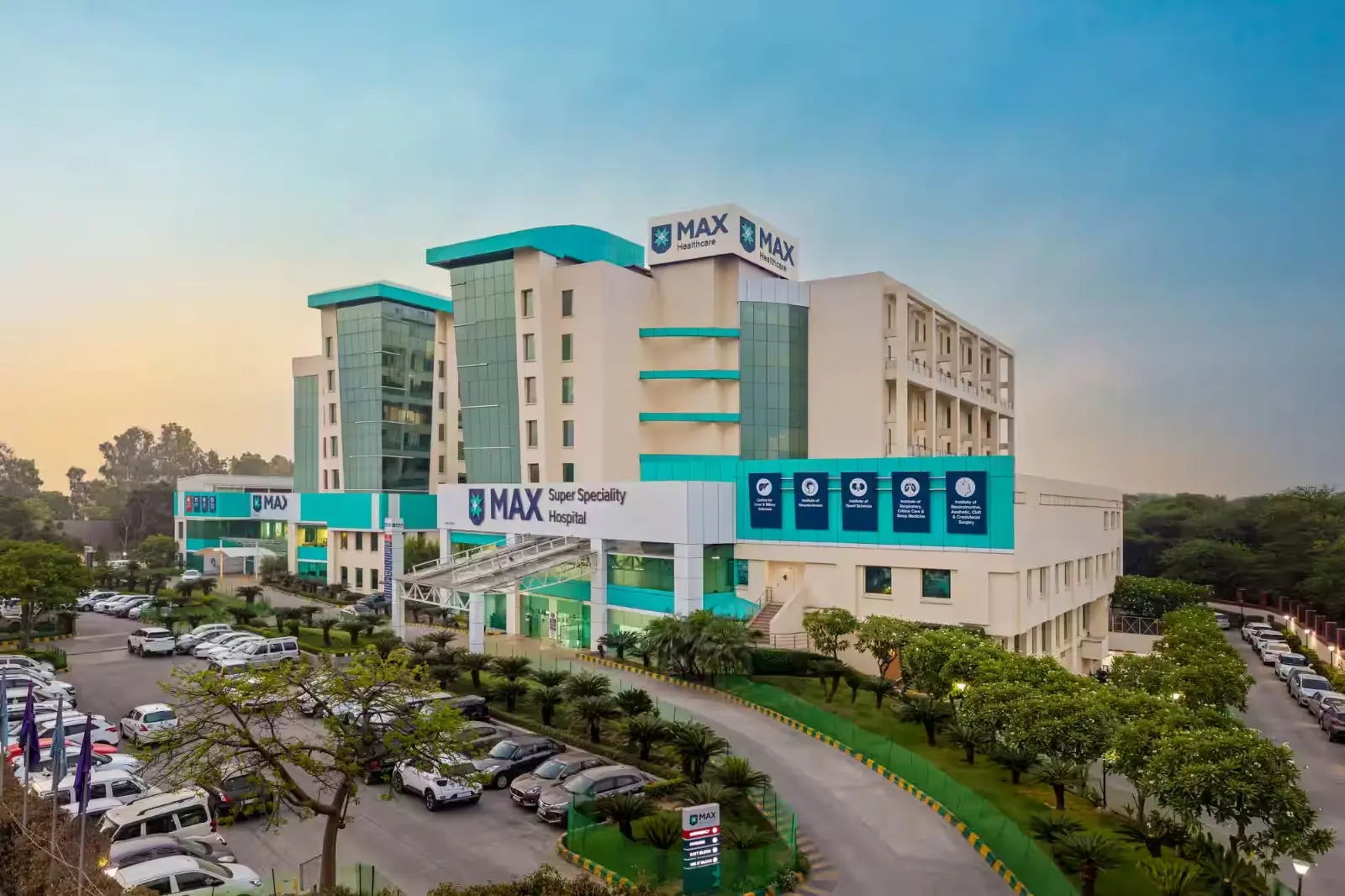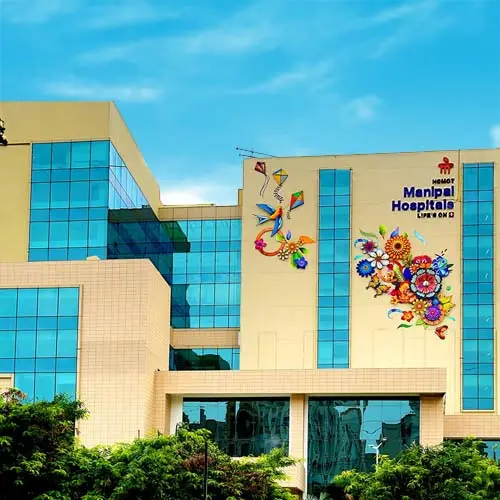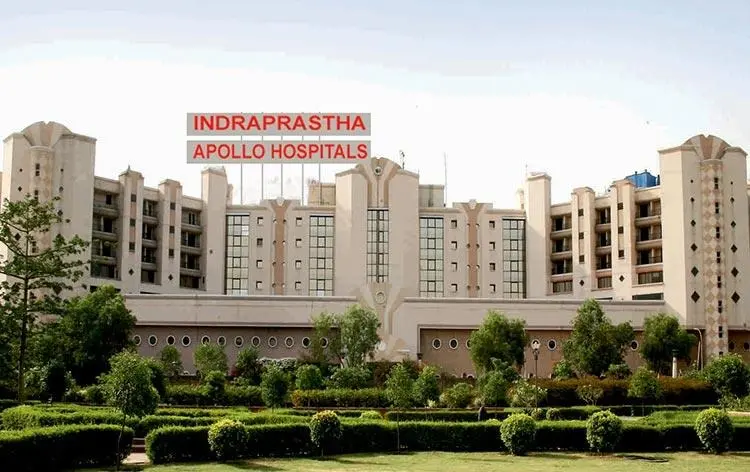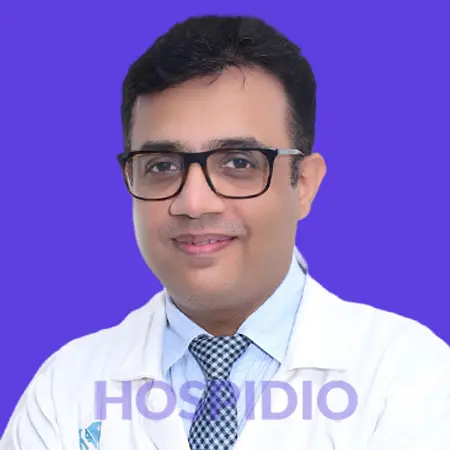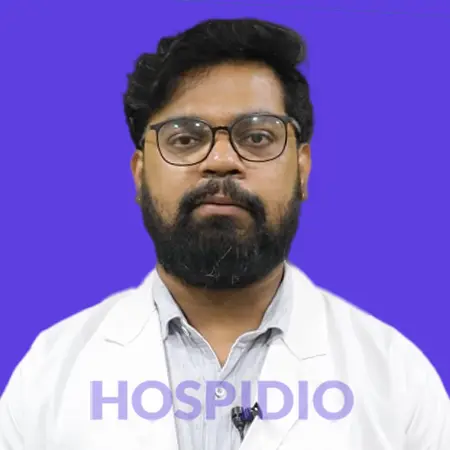Thalassemia Treatment cost in India
The Thalassemia Treatment cost in India can range from $22,000 to $35,000 (1,870,000 to 3,230,000 INR) over a patient’s lifetime, depending on various factors. These include the severity of the condition, frequency of blood transfusions, availability of chelation therapy, and whether curative treatments like bone marrow or stem cell transplantation are pursued.
Cost Range of Thalassemia Treatment cost in India
What is Thalassemia?
Thalassemia is a genetic blood disorder that affects the body’s ability to make healthy red blood cells and hemoglobin—the protein in red blood cells that carries oxygen. In simple terms, people with thalassemia don’t produce enough normal hemoglobin, which means their body doesn’t get the oxygen it needs to function properly. This can lead to symptoms like tiredness, weakness, pale skin, slow growth, and frequent infections.
The effectiveness of the treatment largely depends on factors such as the type and severity of thalassemia, age at diagnosis, response to therapies, and the presence of iron overload or other related complications. A personalised and proactive approach is vital to managing symptoms effectively, preventing long-term complications, and supporting the patient’s physical and emotional well-being.
Get a free cost estimate
Types of Thalassemia
The main types of Thalassemia, categorized based on the affected hemoglobin chains (alpha or beta) and the severity of the condition.
Alpha Thalassemia
This happens when there are problems with the alpha part of your hemoglobin (the protein in red blood cells that carries oxygen). We all have four alpha genes, and how many are affected determines the type and severity.
Type | Description |
Silent Carrier | Only 1 gene is affected. You’re healthy and don’t even know you have it. |
Alpha Trait (Minor) | 2 genes are affected. You may have mild anemia, but most people live normally. |
Hemoglobin H Disease | 3 genes are affected. You may feel tired often and need occasional treatment. Moderate to severe anemia. |
Hydrops Fetalis | All 4 genes are missing or faulty. Sadly, babies with this often don’t survive. |
Beta Thalassemia
This type affects the beta part of your hemoglobin. Everyone has two beta genes—one from each parent.
Type | Description |
Beta Thalassemia Minor (Trait) | 1 gene affected. Usually asymptomatic or mild anemia. Often discovered through routine blood tests. |
Beta Thalassemia Intermedia | 2 genes affected. Moderate anemia. May require occasional transfusions. |
Beta Thalassemia Major (Cooley’s Anemia) | 2 genes affected. Severe anemia, transfusion-dependent from early childhood. |
Other Variant Types
Type | Description |
E-Beta Thalassemia | Combination of the beta thalassemia gene and hemoglobin E variant. Severity ranges from mild to severe. |
Delta-Beta Thalassemia | Mutation in both delta and beta globin genes. Severity varies. |
Eligibility Criteria for Thalassemia Treatment
Confirmed Diagnosis
The patient must have a confirmed diagnosis of thalassemia, typically through:
- Hemoglobin electrophoresis- helps to distinguish between normal hemoglobin (HbA) and abnormal variants like HbF (foetal haemoglobin) and HbA2, which are often elevated in thalassemia.
- Genetic testing
- Complete blood count (CBC)
Types that require treatment:
- Beta Thalassemia Major – Severe and transfusion-dependent.
- Beta Thalassemia Intermedia – Moderate severity; may or may not need regular transfusions.
- E-beta Thalassemia or other variants – Based on clinical presentation.
Age
- Treatment is available for both children and adults.
- Bone marrow or stem cell transplantation is most effective when performed at a younger age, typically before significant organ damage occurs.
Severity of the Disease
- Patients with frequent blood transfusion needs (usually more than 8–10 per year) and iron overload are considered for advanced therapies.
- Those showing growth delays, bone deformities, or organ dysfunction due to iron overload may be prioritised.
Overall Health Status
- The patient must be in sufficient general health to undergo procedures like bone marrow transplantation.
- Pre-existing complications such as cardiac issues, liver dysfunction, or infections may impact eligibility and require specialised management.
Treatment Response and History
For bone marrow or stem cell transplants:
- A fully matched HLA donor, often a sibling, is ideal.
- In some cases, matched unrelated donors or haploidentical transplants may be explored, though with more complexity.
Psychosocial and Financial Preparedness
- Long-term care involves regular hospital visits, adherence to medication, and potential complications.
- Patients and their families must be emotionally prepared and have the financial support required for consistent and comprehensive treatment.
Types of Treatment For Thalassemia and Their Associated Cost
Here is an overview of the common types of thalassemia treatment along with their approximate cost range in USD:
Type of Treatment | Description | Estimated Cost (USD) |
Blood Transfusions | Regular transfusions (typically every 2–4 weeks) are needed to maintain healthy hemoglobin levels, especially for patients with Thalassemia Major. | $200 – $400 per session |
Iron Chelation Therapy | To remove excess iron from the body due to regular transfusions, iron chelation is essential to prevent heart, liver, and hormonal complications. | $1,200 – $3,000 per year |
Bone Marrow/Stem Cell Transplant | Curative treatment, ideally in young patients with matched donors. This is the only curative treatment currently available for Thalassemia | $25,000 – $35,000 (one-time) |
Supportive & Monitoring Care | Includes MRI, blood tests, organ monitoring, and hormone evaluations. | $360 – $1,200 per year |
Get a free cost estimate
Thalassemia Treatment cost in India Inclusions
- Treatment as advised
- ICU stay and meals during hospitalization
- Routine drugs and consumables required during hospitalization
- Hospital stay and meals for one attendant
- Doctor visit charges during hospital stay
- All diagnostic tests done during hospital stay
Thalassemia Treatment Cost in India Exclusions
- Flights and visa
- Post-discharge stay
- Post-operative follow-ups and medical management
- Complications management
- Treatment for any other underlying medical conditions
- Any complex investigations or drugs
Other Factors Affecting Thalassemia Treatment Cost in India
- Type of treatment
- Clinical status of the patient at the time of treatment
- Previous treatment history
- Type of bone marrow donor and its availability
- Choice of location, doctor and hospital
- Pre-existing medical history
- Type of drug used for conditioning and maintenance
- Post-discharge care and medical management needed
Diagnostic Tests Done Before Thalassemia Treatment
| Test category | Cost in USD |
| Blood Tests Checks for abnormal hemoglobin types, kidney function, calcium levels, anemia, and other markers to assess disease severity and organ function. | 80-100 |
| Bone Marrow TestsConfirmed by analysing bone marrow cells and detecting genetic mutations affecting treatment and prognosis. | 250-350 |
| Imaging TestsIdentifies bone damage, lesions, and the spread of disease using X-rays, MRIs, CT scans, or PET scans. | 450-550 |
| Additional Pre-Treatment TestsEvaluates heart, lung, and liver function, along with infection screening, to ensure safe treatment planning. | 80-100 |
Why is India a Preferred Destination for Thalassemia Treatment?
India has emerged as a trusted global hub for thalassemia treatment, offering a unique blend of advanced medical infrastructure, rapid access to care, and experienced specialists. For patients with thalassemia—where early and consistent treatment is critical—India’s healthcare system provides immediate availability of essential therapies such as regular blood transfusions, iron chelation, and curative bone marrow or stem cell transplants.
The urgency of thalassemia care demands zero-delay intervention, especially in severe cases where long wait times can affect patient outcomes. India addresses this need with minimal waiting periods and access to well-equipped hematology units, advanced diagnostics, and accredited transfusion centers that operate under stringent safety protocols.
Modern cancer and hematology centers in India offer state-of-the-art facilities, including high-end labs for HLA typing, genetic testing, and pre-transplant workups. The country is also at the forefront of successful bone marrow transplants, with survival rates comparable to top global centers—yet at a fraction of the cost.
Expert hematologists in India are internationally trained and follow globally accepted treatment protocols. In addition to clinical excellence, patients benefit from comprehensive support services like medical visa facilitation, cost-effective accommodation, interpreter assistance, and continuous post-treatment care.
India’s ability to deliver timely, high-quality, and affordable thalassemia care makes it a preferred destination for families seeking immediate and effective treatment options.passionate care makes India a preferred choice for Thalassemia patients from around the world.
Best Thalassemia Treatment Hospitals in India
Best Hematologists For Thalassemia Tretament in India

FAQs
Thalassemia is a blood disorder where the body makes less hemoglobin than normal. This leads to anemia, weakness, and the need for regular blood transfusions.
Yes. The only permanent cure is bone marrow transplant (BMT) or stem cell transplant. Supportive treatments like blood transfusions and iron chelation help manage symptoms but do not cure the disease.
- Blood transfusions (to maintain hemoglobin levels)
- Iron chelation therapy (to remove excess iron caused by transfusions)
- Bone marrow/stem cell transplant (only curative option)
- Gene therapy (still limited but emerging in India)
Usually, a matched sibling is the best donor. If not available, doctors may check for unrelated donors or haploidentical (half-matched) donors.
Success rates are 70–90% in children with a matched sibling donor. Results may vary based on age, disease stage, and donor match.
Yes, but success rates are higher in children and young patients. In adults, risks and complications are usually higher.

